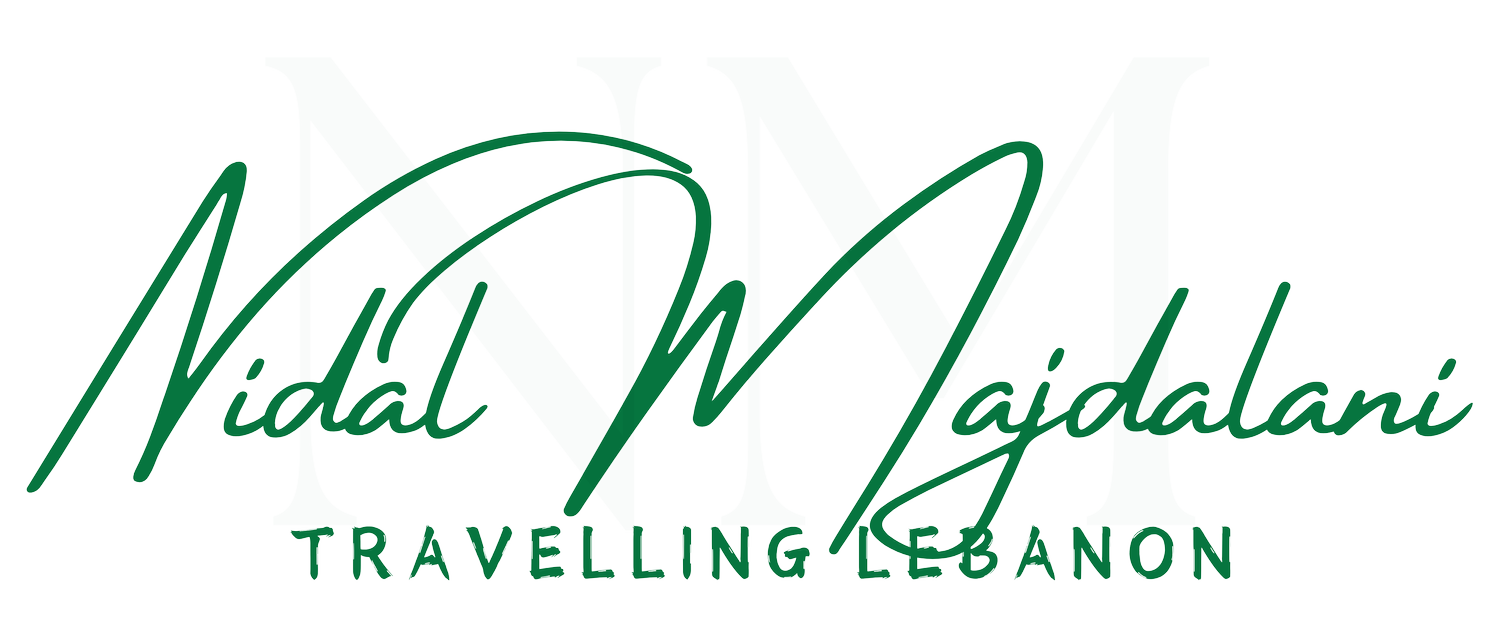Sawfar, Lebanon: A Historic Mountain Escape of Luxury, Legacy, and Scenic Beauty
A Legendary Destination through the Ages
Nestled in the heart of Mount Lebanon, Sawfar has long been a beacon of prestige and charm. Before the rise of modern states, this picturesque town stood as a premier tourist and strategic hub, celebrated for its elite hospitality and natural splendor. Sawfar was home to the Middle East’s first casino and boasted some of the most luxurious hotels, drawing aristocrats, intellectuals, and celebrities from across the Arab world.
Perched at an altitude of 1,300 meters, Sawfar enjoys a refreshing summer climate, traditional stone houses with red-tiled roofs, and breathtaking scenery. From its vantage point overlooking Wadi Lamartine and Jabal al-Knaisseh, visitors are treated to panoramic views that have enchanted travelers for centuries.
Sawfar’s significance extends beyond its tourism appeal—it played a pivotal role in shaping modern Arab history. In 1944, the town hosted the historic Arab Summit, a crucial meeting that laid the foundation for the Arab League, marking Sawfar as a symbol of diplomacy and progress.
Perfectly Positioned: Convenience Meets Natural Beauty
Located just 30 km from Beirut, Sawfar enjoys an enviable proximity to Lebanon’s capital, offering a quick escape into nature. Positioned within the Aley district, it sits along the vital Beirut-Bekaa highway, making it easily accessible from different regions of Lebanon. Its unique location has historically made it both a peaceful retreat and a strategic crossroads.
Among its standing and abandoned houses, each holding a story of Sawfar’s rich past and timeless charm:
A Journey of Mist and Changing Colors
Rather than recounting its storied past, I will showcase its beauty as I captured it this week—the most recent being yesterday when fog blanketed its streets before the rain washed over them. Perhaps this will inspire you to visit before autumn fades, as it is the season when the town is at its most poetic, with leaves transforming into brilliant shades of amber, crimson, and gold. In contrast, winter drapes the town in pristine snow, creating a completely different yet equally mesmerizing atmosphere.
Unveiling Sawfar’s Forgotten Historic Landmarks
A walk through Sawfar is a journey through time, where grand mansions and historic hotels tell stories of its past elegance and cultural vibrance. Some of its most iconic landmarks include:
Donna Maria Sursock Palace
Built in 1909 by Alfred Bay Sursock , this enchanting château-style mansion reflects the opulence of a bygone era. Designed with intricate European-inspired architecture, it features vast courtyards, high-arched windows, and stately columns. Today, it serves as a venue for elegant weddings and summer celebrations, with ongoing restoration efforts to preserve its historical grandeur.
Grand Sawfar Hotel: The Remnants of a Golden Age
Once a crown jewel of Lebanese tourism, the Grand Sawfar Hotel was synonymous with luxury and prestige, attracting royalty, dignitaries, and cultural icons. Built in 1890 by the Sursock family, it was strategically located in the heart of Sawfar, directly across from the railway station that once connected Beirut to Riyaq in the Bekaa Valley. Today, while the hotel stands as a relic of its illustrious past, it remains a site of cultural significance, currently hosting an art exhibition by British artist and historian Tom Young. Plans for its restoration offer hope that this historic landmark will once again reclaim its place as a symbol of elegance and grandeur.
The Iconic Corniche and Panoramic Views
Sawfar’s unrivaled vantage point offers sweeping views of villages, rugged mountain peaks, and lush valleys. The Sawfar Corniche, where intertwining branches form a natural canopy over the road and sidewalk, is a must-visit, especially in autumn when crisp air and golden leaves enhance its charm. Strict cleanliness policies preserve its beauty, with clearly marked signs prohibiting eating and drinking in the area. Scenic viewpoints along the route offer breathtaking photo opportunities, particularly as mist winds through the trees and drapes over the rolling mountains.
A Future of Hope & Restoration
And of course, we conclude with the sunset behind its iconic cedar tree, accompanied by drifting clouds, as we hold onto the hope that this town—along with other Lebanese villages—will one day return to the era of prosperity it once knew, and that none of its abandoned homes will be left neglected or sold to foreigners.
Start your journey and rediscover the elegance of Sawfar today!
Copyright Notice and Sharing Policy
All content, including photographs and articles, is protected under copyright and is not permitted for business or commercial use. Photographs may be reposted on social media platforms only with proper credit and by tagging Nidal Majdalani’s social media accounts. Articles may be shared in their original form but cannot be copied, reproduced, or republished without prior written permission.
























